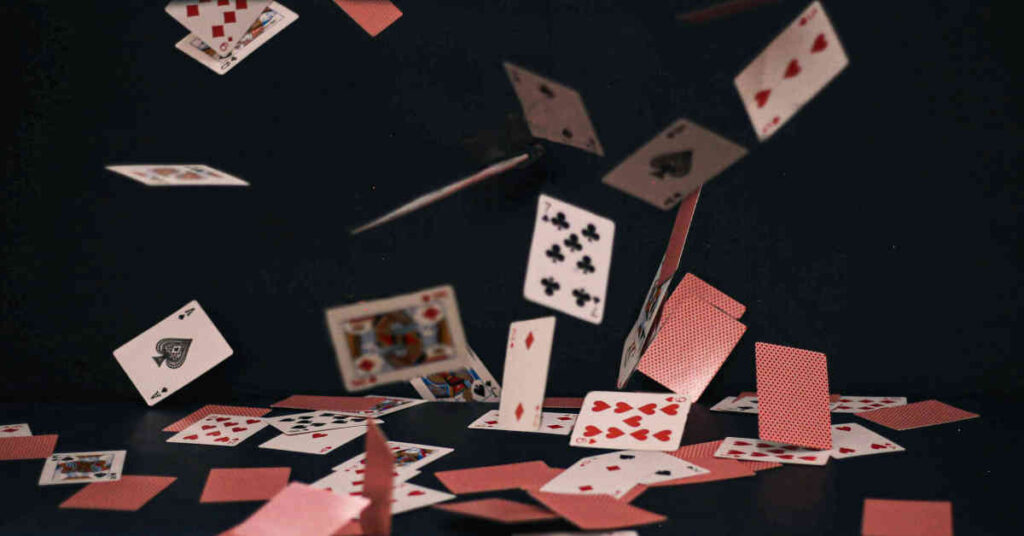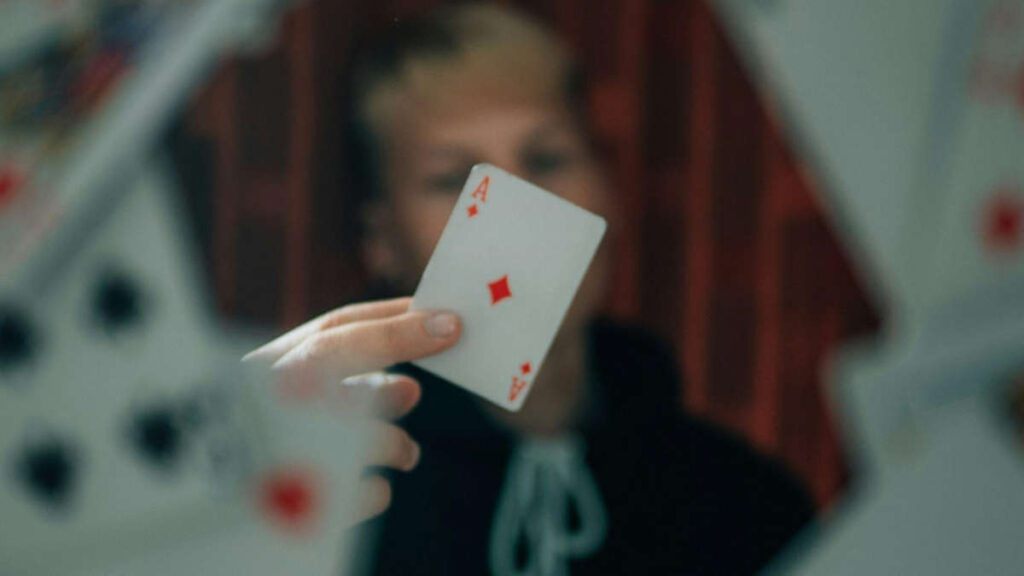Playing poker is not just fun, but can be financially rewarding if you’re good at it. There is no wonder, then, that so many people are devoted to becoming great at poker. This fact means that there is a lot of competition, and that, to go far, you need to aim for pure excellence.
The mindset of a pro poker player is about more than the rules and simple probabilities. We won’t be covering these things in this article – these are things that any half-decent poker player should know.
Instead, we will be zoning in on the psychology of playing poker at the very highest level, far above just making good calls most of the time.
Let’s dive into the inner workings of a pro poker player’s mind together.
The Mindset of a Pro Poker Player
Pro poker players need to consistently come to the table with an A-game mindset. While everyone slips up every once in a while – and, as long as you’re mostly winning, that’s actually okay – there are some moments when you just can’t afford to make mistakes if you want a spot on the leaderboard.
A good poker player knows how to leave everything else behind and focus fully on the hand he’s been dealt and how to make the most of it. While this full engagement is crucial to playing well, there are also many other building blocks to consider.
Knowing Yourself and Managing Emotions
It doesn’t matter how many fancy strategies, moves, and ideas a player has if they don’t first master themselves. Knowing oneself means being aware of one’s own weaknesses on two levels:
- As a human: Humans share many weaknesses and biases, like the confirmation bias, the recency bias, the anchoring bias, and many more. By being aware of them, you can avoid letting common illogical thinking mess up your game.
- As an individual: Everyone has their own tendencies, and by being aware of the habits a player defaults to, they can become intentional about choices instead of leaving it to autopilot.
Developing this awareness takes lots of time and conscious effort, and can often be both exhausting and uncomfortable – realizing how illogical you truly are is not most people’s idea of fun. It also often takes external coaching, or playing with someone who can enlighten you about your own tells and the like.
Nonetheless, it’s work that pays off for those looking to improve their game.
Understanding Your Opponent
While understanding and managing yourself is important, knowing what to make of your opponent is the next important part of the puzzle.
There are lots of things to evaluate when you’re in a game, but one common and useful thing to do is to gauge what category a poker player you’re facing off against falls into.
The categories of poker player styles are the following:
- Tight-passive
- Loose-passive
- Tight-aggressive (TAG)
- Loose-aggressive (LAG)
But only considering these categories is limiting. All players generally have a little of each type in them, and assuming that a player will always act according to a certain category is a beginner’s mistake. It’s better to think of these styles as spectrums.
There are certain situations where a player is less able to read their opponent. Playing poker online, for instance.
While playing at top-rated online casinos can be beneficial if you want to focus on strategy, you won’t be able to get a good read on your opponent. However, the numerous perks and bonuses that come from playing online are an attraction for many.
That will take us to our next point, one mostly done in in-person games.
Managing Perceptions and Bluffing

Once you know yourself and your enemy, you can put it all together to create perceptions, bluff, and notice your opponents’ bluffs.
Here, levels of thinking start coming in. Many poker players are already familiar with this concept, and it’s covered in detail in the book Poker for Dummies by Lou Krieger. It looks like this:
- Level 1. What cards do I have?
- Level 2. What cards do my opponents have?
- Level 3. What cards do they think I have?
- Level 4. What cards do they think I think they have?
- And so on.
Most humans aren’t capable of thinking more than a couple of levels, but in poker, the one managing to think one level higher is often going to win.
The interesting thing to note is that a player doesn’t need to be more than one level ahead. In fact, being more than one level ahead is just a waste of mental resources. The trick is figuring out which level your opponent is playing at.
Adaptability as a Strategy
For humans, falling into a pattern is the easiest thing to do. We often start doing things in a particular way – in the same way – without even noticing it. It makes sense from an evolutionary standpoint, as it conserves energy.
But it can also be a pitfall, because the same strategy, no matter how good, isn’t going to work with every single player out there. That’s why knowing how to override the natural patterns that set in is part of the skill set of a really great poker player. Being adaptable and responsive to the opponent is key to winning consistently. A top poker player isn’t a one-trick pony.
Getting Good at Poker: The 4 Stages of Competence
In the process of getting good at any worthwhile skill, people have to go through four stages of competence:
- Unconscious incompetence: At this level, a player isn’t good at poker and doesn’t know what it would take to get good. They are not yet aware of what skills they’d need to get better.
- Conscious incompetence: This stage marks the time when a player becomes aware of being incompetent, and to some extent recognizes what needs to change to get better, but is yet unable to do it.
- Conscious competence: A player knows how to play well, but it’s a conscious effort. They have to keep principles in mind, do mental calculations, and make conscious choices.
- Unconscious competence: This is the master level of things, at which point you’re good at it without necessarily thinking about how to do something. It’s at this level where a player can truly get in the game and enter the flow state of full focus and concentration.
It’s obvious that a high-level poker player plays at the last level, but at the same time, a good one often goes back a step or two in order to incorporate new skills until they, too, are second nature.
Accepting and Managing Risk
The risk management mindset involves recognizing that even a skilled player doesn’t win all the time. It’s not about never losing, but rather about playing well enough that you lose less than all the other players – or lose smaller bets, but win bigger ones.
Sometimes you get a bad hand and are facing an opponent that seems impossible to bluff. That’s fine. An expert player knows not to risk it all when they have the disadvantage. They know how to play strategically so that their wins matter, and their losses don’t.
A Never-Ending Journey
Poker is quite open-ended, meaning there isn’t ever a point where you can say that you’re as good as it gets. You can become a master at poker, sure, but you can’t ever really master it.
You can always get better, and you could always meet a better opponent. This is also part of the elite poker players’ mindset – a constant lookout for improvements, and closely paying attention to what’s working, what isn’t working, and what the opponent is doing that you yourself could try. The journey never ends – a master poker player knows they can always improve on their A-game and is committed to getting to the top or going down trying.
